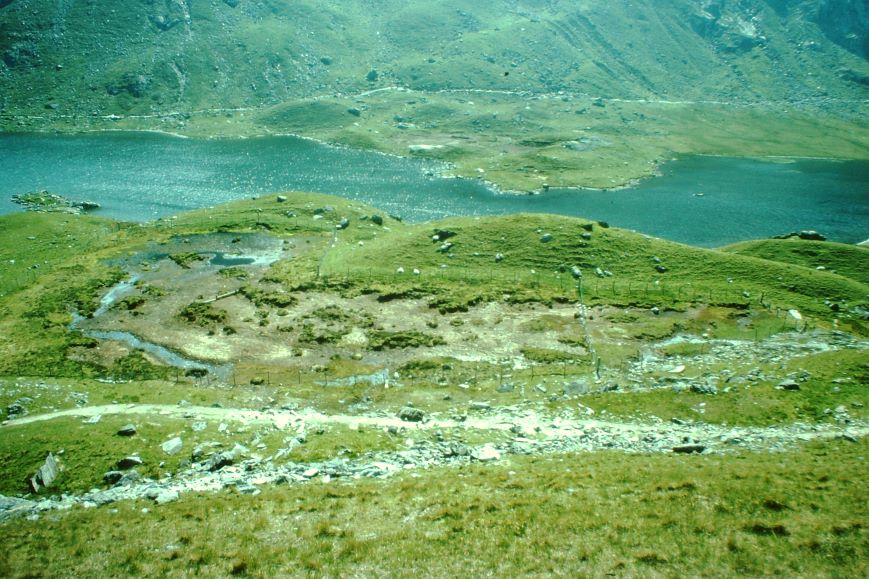The reserve is managed through a partnership that includes Natural Resources Wales, Snowdonia National Park and the National Trust.
An officer is employed through the partnership.
Several designations on the Cwm Idwal site influence the site’s management.
These designations are listed below:
Cwm Idwal was designated as a National Nature Reserve in 1954, but its management has changed a great deal since then, and as a result, the landscape has also changed significantly. Sheep and cattle grazing was abolished in Cwm Idwal around 1998, but during the 1960s and 70s experimental plots were fenced out to prevent grazing. These were used to observe and measure the speed at which the natural habitat returned.
We can see from the pictures below that the habitats have transformed from grassland to dry heathland, and in the biggest plot, and the northernmost plot in Cwm Idwal, trees such as holly and rowan have returned.
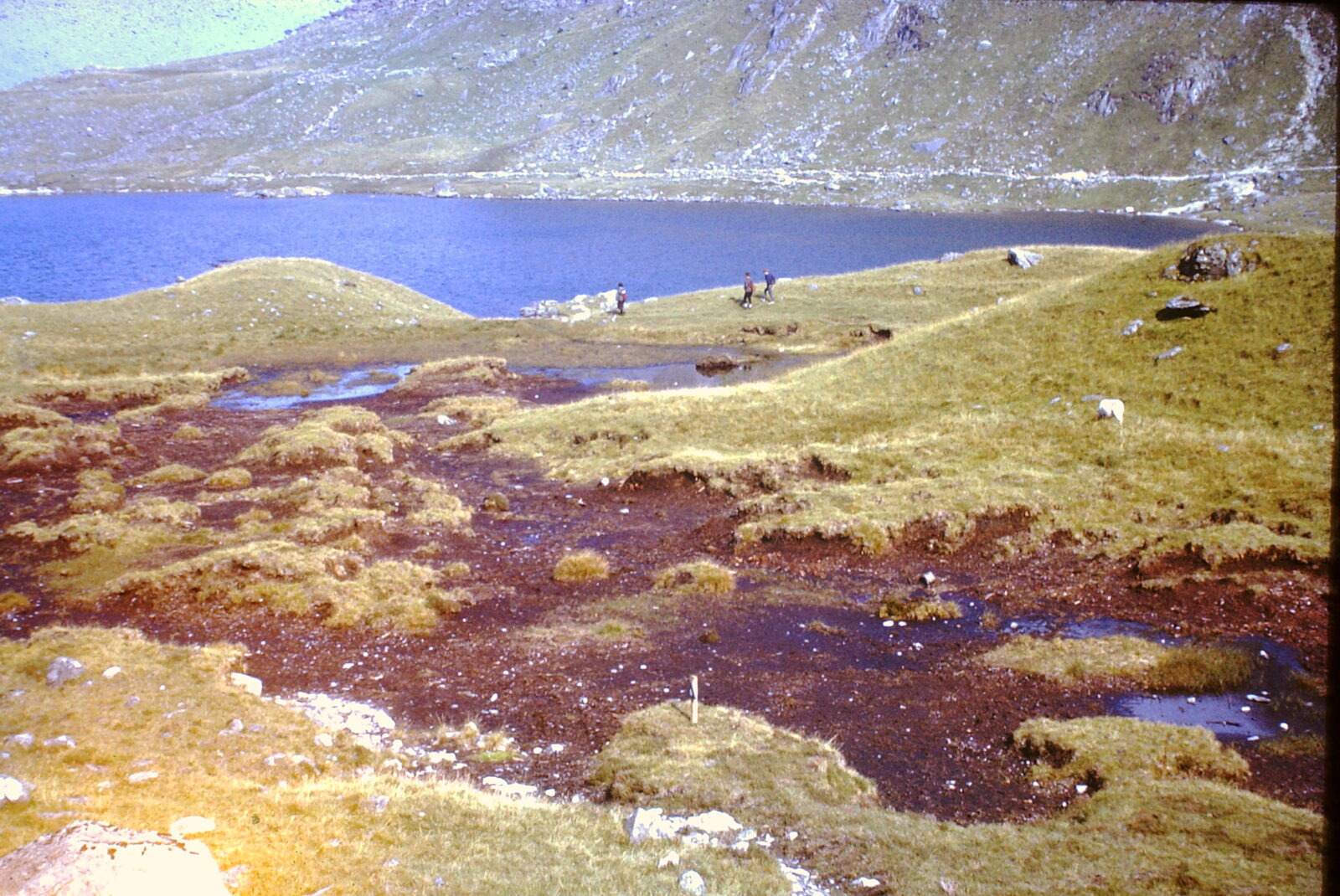
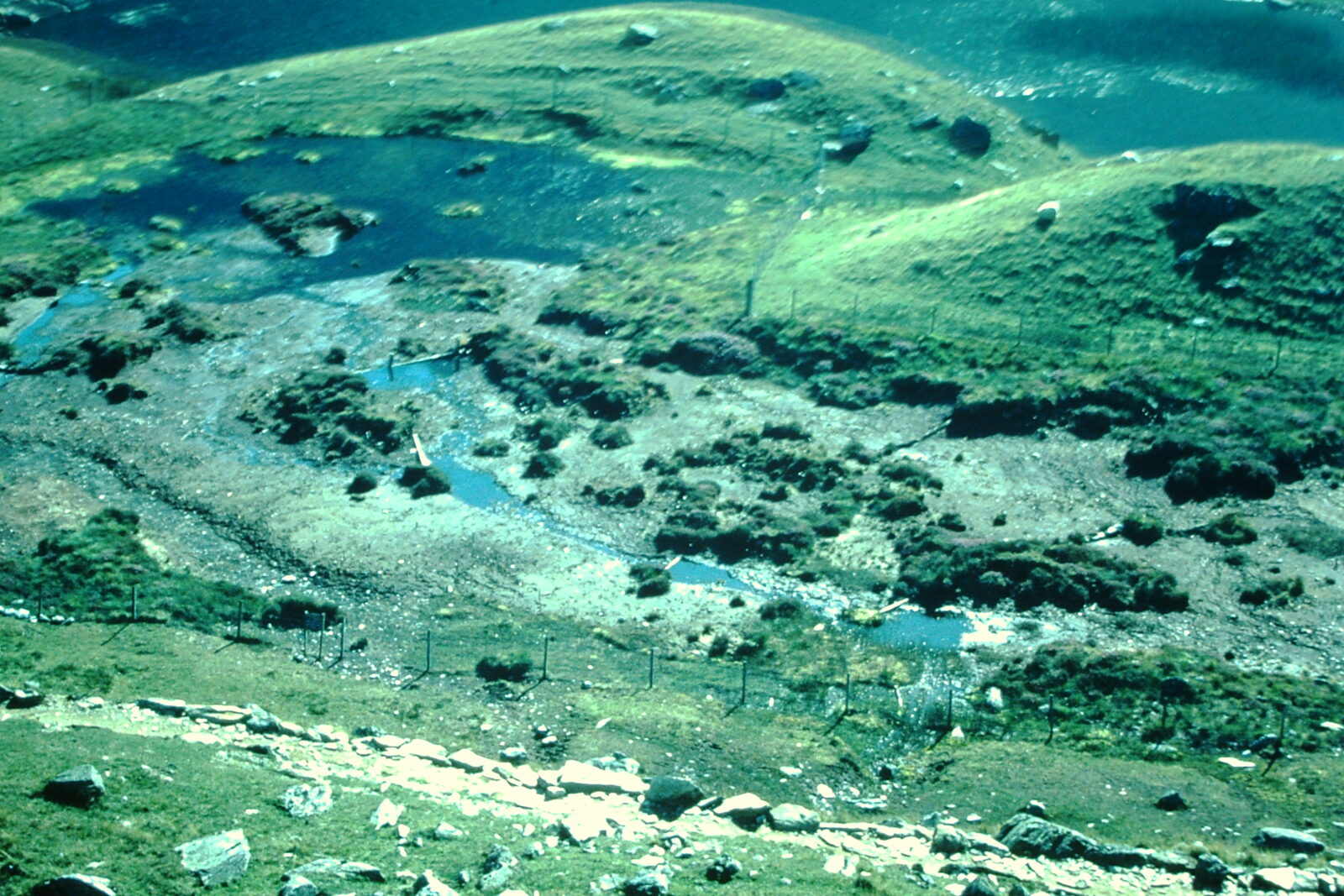
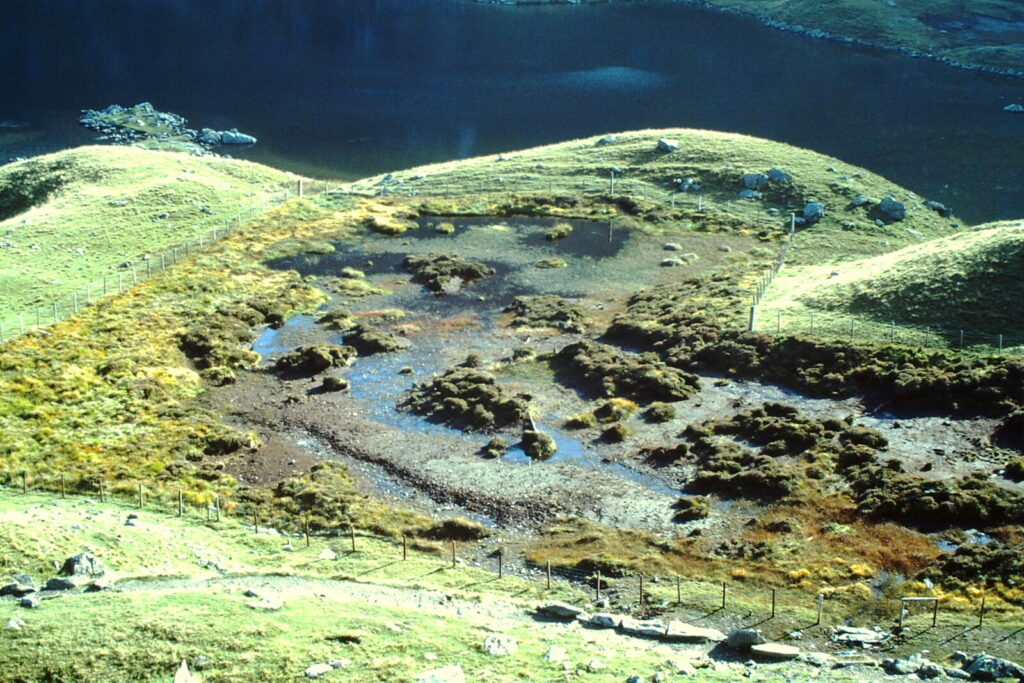
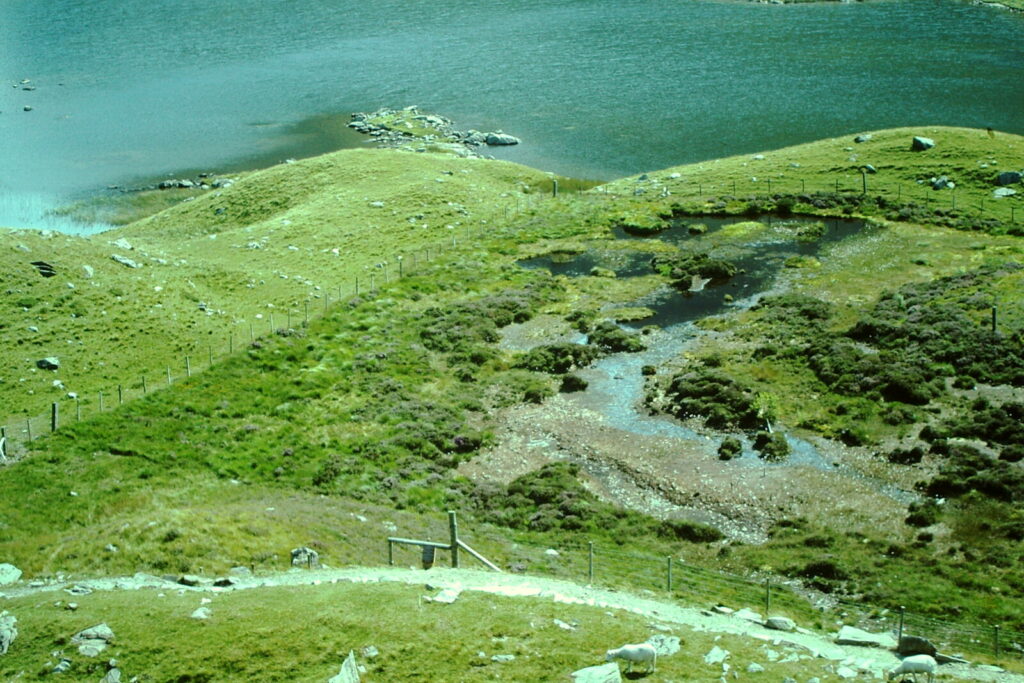
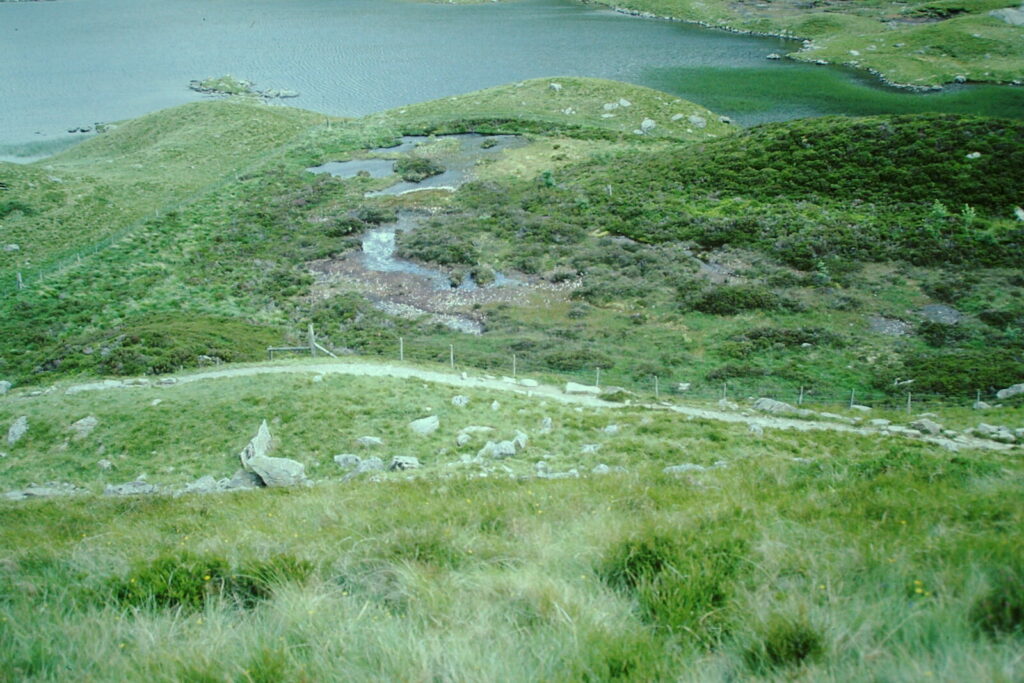

Sheep and cattle grazing was abolished completely in 1998, and the whole reserve became an experiment to measure succession rate. As there are no boundaries around the reserve, shepherds are used to keep the sheep on the agricultural lands that border Cwm Idwal.
As well as managing the shepherding, the impact of people on Cwm Idwal must also be controlled. A significant number of people visit Cwm Idwal every year, and this can lead to path erosion, especially at the busiest times of the year.
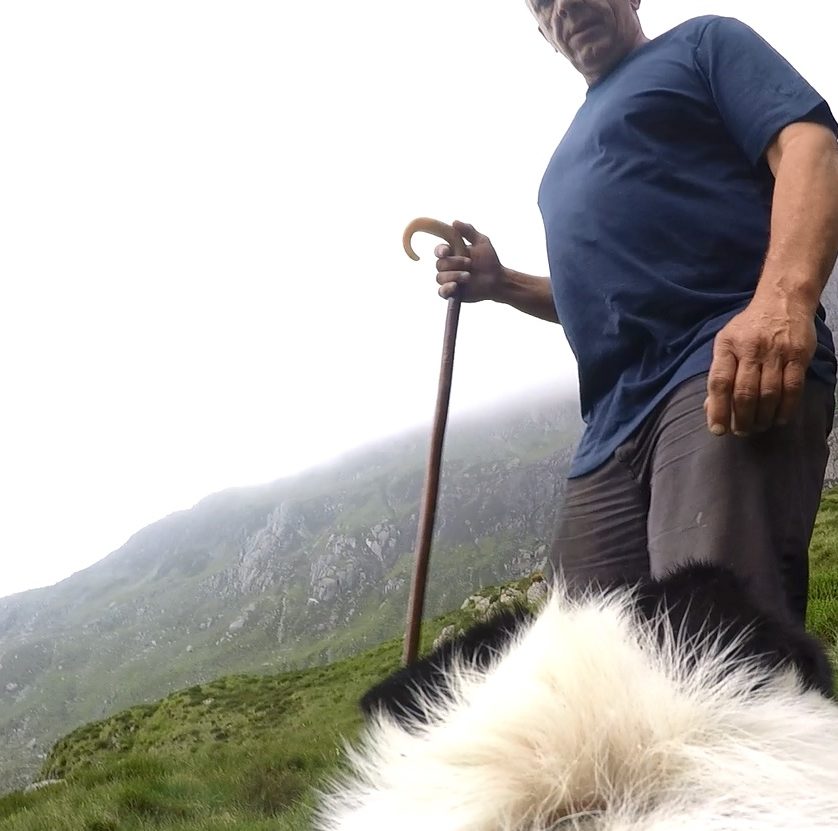
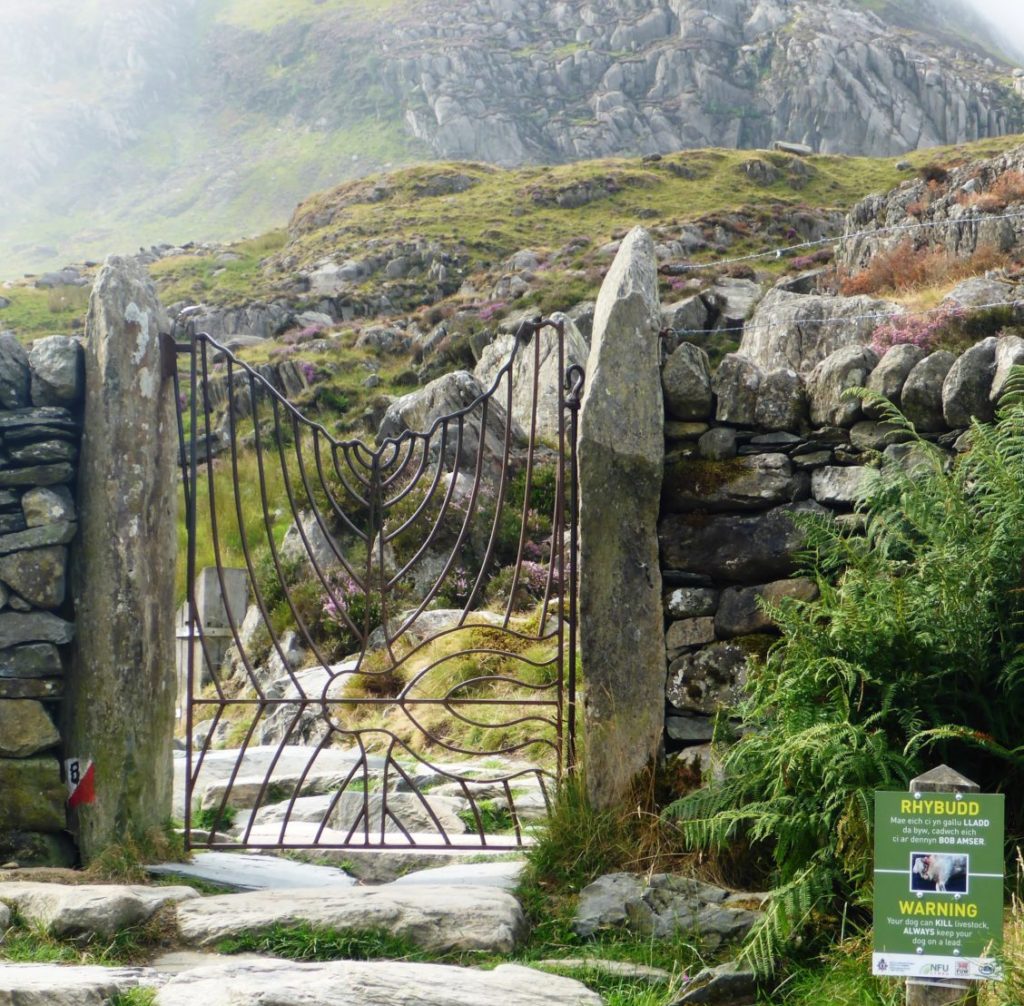
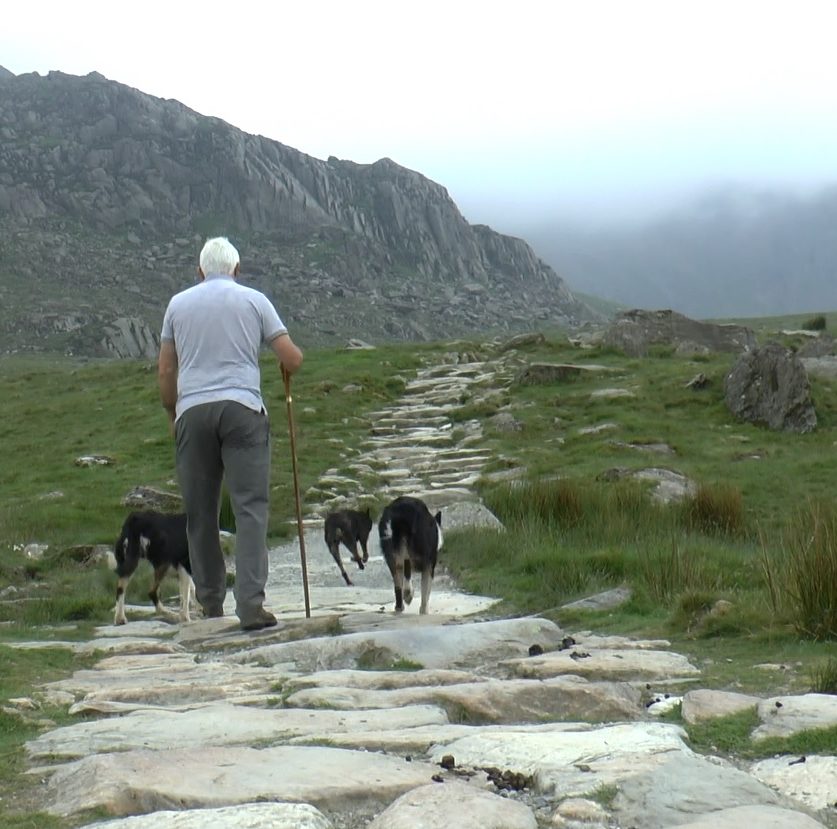
Effective footpaths help to safeguard sites like Cwm Idwal in several ways. Paths with stone surfaces and good drainage are very attractive to the majority of walkers – families, education groups, and people who are beginning to get to know the mountains. Most visitors to Cwm Idwal tend to stay on the paths, although it is all open access.
As well as providing better and more effective access for walkers, properly maintained paths help to guide people safely through the area and protect the surrounding habitats of the Cwm from human erosion
Further Reading: Open Access Land
